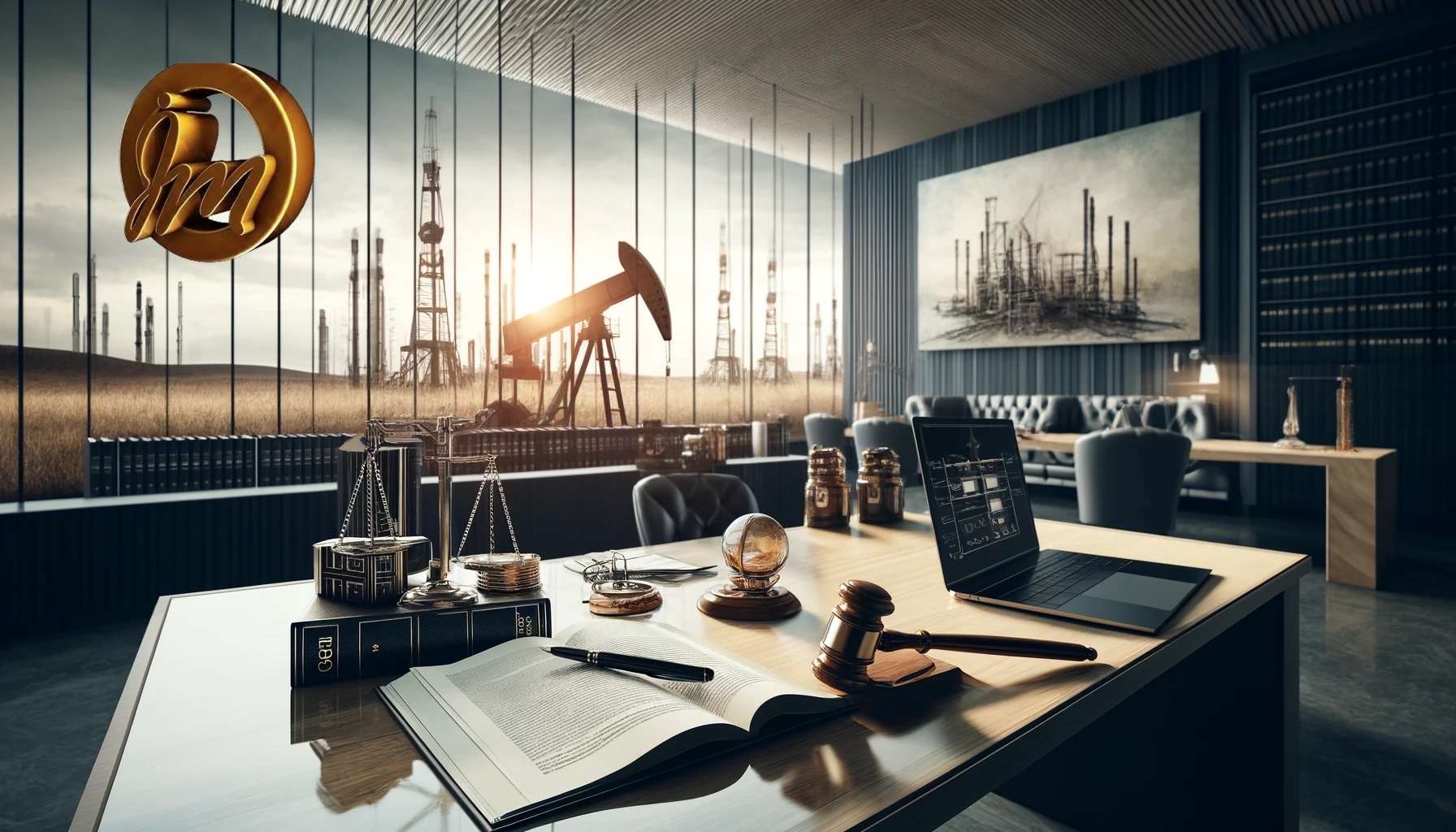1. Energy Mix of Pakistan
Pakistan’s energy mix has historically relied heavily on non-renewable energy sources, including fossil fuels such as oil, coal, natural gas, and liquefied petroleum gas (LPG). However, recent trends indicate a gradual shift towards renewable energy sources and a decline in the reliance on domestic natural gas due to depleting reserves. The government is also making efforts to increase the share of hydel and nuclear energy in the overall energy mix.
Despite this shift, fossil fuels still dominate Pakistan’s energy landscape. As of 2021-22, oil and gas accounted for over 58% of the primary energy mix, followed by coal, hydro, nuclear, and renewable energy sources. The energy mix distribution includes:
- Oil: 29.8%
- Gas: 26.4%
- LPG: 1.6%
- Coal: 17.2%
- Hydro, Nuclear, and Import Electricity: 13.3%
- Renewable Electricity: 1.6%
- LNG: 10.1%
2. Energy Challenges and Impact on the Economy
The energy sector in Pakistan faces several challenges, including declining domestic natural gas production, increasing reliance on imported LNG, and a growing energy import bill. The circular debt in the energy supply chain exacerbates these issues, leading to cash flow shortfalls and impacting the overall economic stability.
Key challenges in the NG/LNG sector include:
- Chronic power supply deficits and excess installed capacity without sufficient cash flow.
- Rising gas demand amidst declining domestic production, leading to significant gas shortages.
- Diversion of gas supplies to the domestic sector during winter months, affecting other sectors like industry and power.
- The shift towards alternative energy sources such as LPG, electricity, and LNG due to gas shortages.
3. Outlook for Natural Gas (NG) and LNG
Natural Gas (NG):
- As of FY 2021-22, Pakistan had over 10 million gas consumers, with the power sector being the largest consumer at 27%, followed by the fertilizer sector (24%), domestic sector (22%), and industrial sector (17%).
- The demand-supply gap for natural gas is increasing and is projected to reach 2850 MMCFD by FY 2031.
Liquefied Natural Gas (LNG):
- To address the shortfall in domestic gas production, Pakistan has been importing LNG since 2015. The reliance on LNG is expected to grow due to the depleting natural gas reserves.
- LNG imports help meet the growing energy demand but come at a higher cost, impacting the overall energy import bill.
4. Outlook for Liquefied Petroleum Gas (LPG)
Domestic Market Outlook:
- LPG demand is projected to reach around 14.5 MTOE by 2044, driven by GDP growth and the need for alternative energy sources in off-grid areas.
- LPG is considered an efficient and environmentally friendly alternative to other fossil fuels, making it suitable for diverse applications in domestic, commercial, and industrial sectors.
Supply Chain:
- Pakistan’s LPG supply consists of local production and imports, with local production covering 40-50% and imports accounting for 50-60% of the total supply.
- The decline in domestic petroleum production could further increase reliance on imported LPG to meet the demand.
Usage and Applications:
- LPG is widely used in cooking, heating, industrial processes, and as an auto fuel. It is favored for its clean-burning properties and high calorific value.
- LPG is also crucial for off-grid consumers who lack access to piped natural gas, providing a reliable energy source in remote areas.
Price Comparison:
- There is a significant price disparity between LPG and piped natural gas. As of January 2024, consuming 1 MMBtu of natural gas costs Rs. 561, whereas the equivalent consumption of LPG costs Rs. 5,657. This makes LPG a costlier option for consumers without access to cheaper natural gas.
5. Addressing Energy Challenges
To address the energy challenges, Pakistan needs to:
- Increase gas prices to reflect the actual cost of supplies and reduce circular debt.
- Enhance the LPG sector to provide a reliable alternative to natural gas, especially for off-grid consumers.
- Invest in infrastructure and technology to improve the efficiency and reliability of energy supplies.
Conclusion
The outlook for LPG, LNG, and natural gas in Pakistan in 2024 reflects the country’s ongoing efforts to balance its energy mix amidst declining domestic gas reserves and increasing energy demand. While LNG imports and LPG provide critical alternatives to natural gas, ensuring a stable and affordable energy supply remains a significant challenge. Strategic investments and policy measures are essential to enhance the energy sector’s resilience and sustainability, addressing both economic and environmental concerns.

